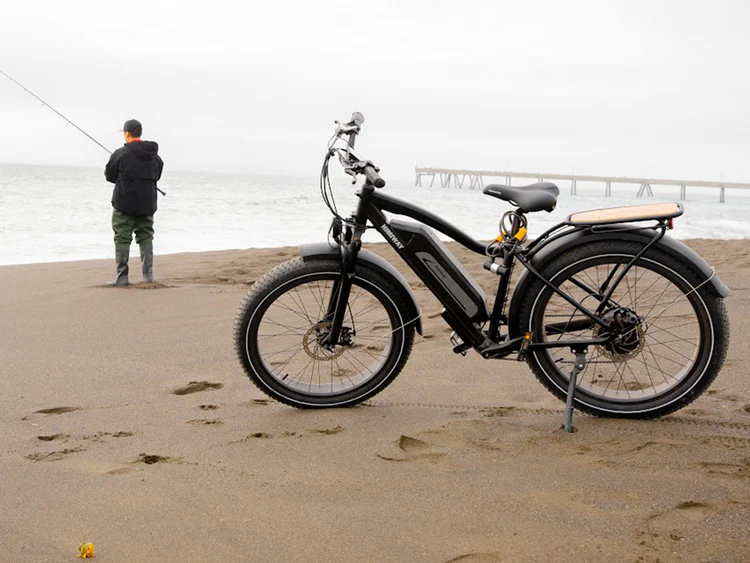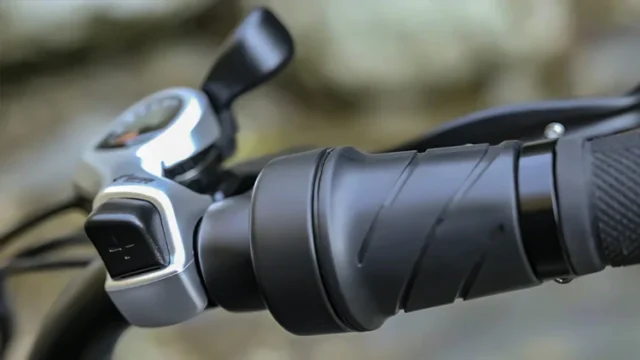
Title: Embracing the Future of Cycling: The Benefits of Electric Bikes in the UK
Introduction: Electric bicycles, commonly known as e-bikes, are swiftly gaining popularity across the UK. Their rise in popularity is not just a trend but a

Electric bikes (e-bikes) have transformed the cycling world, offering diverse options for riders of all kinds. Understanding e-bikes is straightforward: they fall into three primary motor classes and three categories based on motor and battery placement. Additionally, e-bikes are categorized similarly to traditional bikes, based on frame types, manufacturers, and intended usage. Ready to delve into the electrifying world of e-bikes? Let’s go!
E-bikes are primarily divided into three classes:
In Europe, pedelecs are the most prevalent.
Motor power, measured in watts, varies across e-bikes. In Europe, the standard is 250 watts. However, some countries have different regulations, like the USA and Canada where up to 750 watts is permissible.
E-bikes are also distinguished by motor location:
The two main battery types are:
Battery power is expressed in watt-hours (Wh). For example, a 100 Wh battery can run a 100 W device for one hour.
E-bike batteries can be positioned on the rack, the frame, or integrated into the frame itself.
E-bikes mirror traditional bikes in terms of frames and parts:
Prominent e-bike manufacturers include Batribike, Corratec, Juicy, Byocycles, Himiway and more. Typically, one manufacturer creates the frame, while others contribute different parts.
E-bikes come in various forms: city bikes, mountain bikes, hybrid bikes, touring and trekking bikes, cargo and family bikes, and foldable models.
Then give us a call and we’ll put you onto your next e-bike.

Introduction: Electric bicycles, commonly known as e-bikes, are swiftly gaining popularity across the UK. Their rise in popularity is not just a trend but a

Changes in UK E-Bike Law Prior to January 1, 2016, the UK’s laws regarding electric bikes, commonly known as Pedalecs, were distinctly different from those
| Cookie | Duration | Description |
|---|---|---|
| cookielawinfo-checkbox-analytics | 11 months | This cookie is set by GDPR Cookie Consent plugin. The cookie is used to store the user consent for the cookies in the category "Analytics". |
| cookielawinfo-checkbox-functional | 11 months | The cookie is set by GDPR cookie consent to record the user consent for the cookies in the category "Functional". |
| cookielawinfo-checkbox-necessary | 11 months | This cookie is set by GDPR Cookie Consent plugin. The cookies is used to store the user consent for the cookies in the category "Necessary". |
| cookielawinfo-checkbox-others | 11 months | This cookie is set by GDPR Cookie Consent plugin. The cookie is used to store the user consent for the cookies in the category "Other. |
| cookielawinfo-checkbox-performance | 11 months | This cookie is set by GDPR Cookie Consent plugin. The cookie is used to store the user consent for the cookies in the category "Performance". |
| viewed_cookie_policy | 11 months | The cookie is set by the GDPR Cookie Consent plugin and is used to store whether or not user has consented to the use of cookies. It does not store any personal data. |